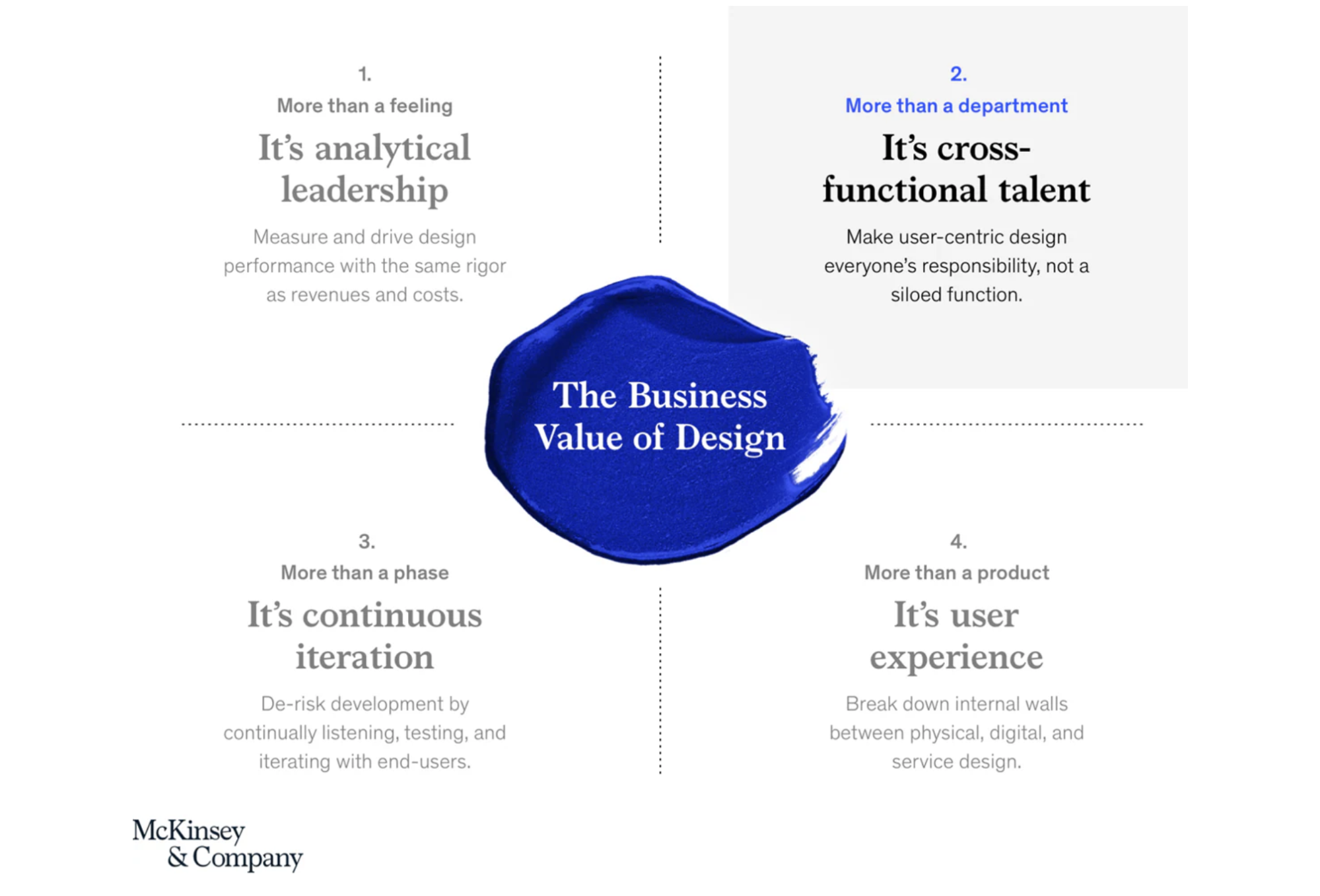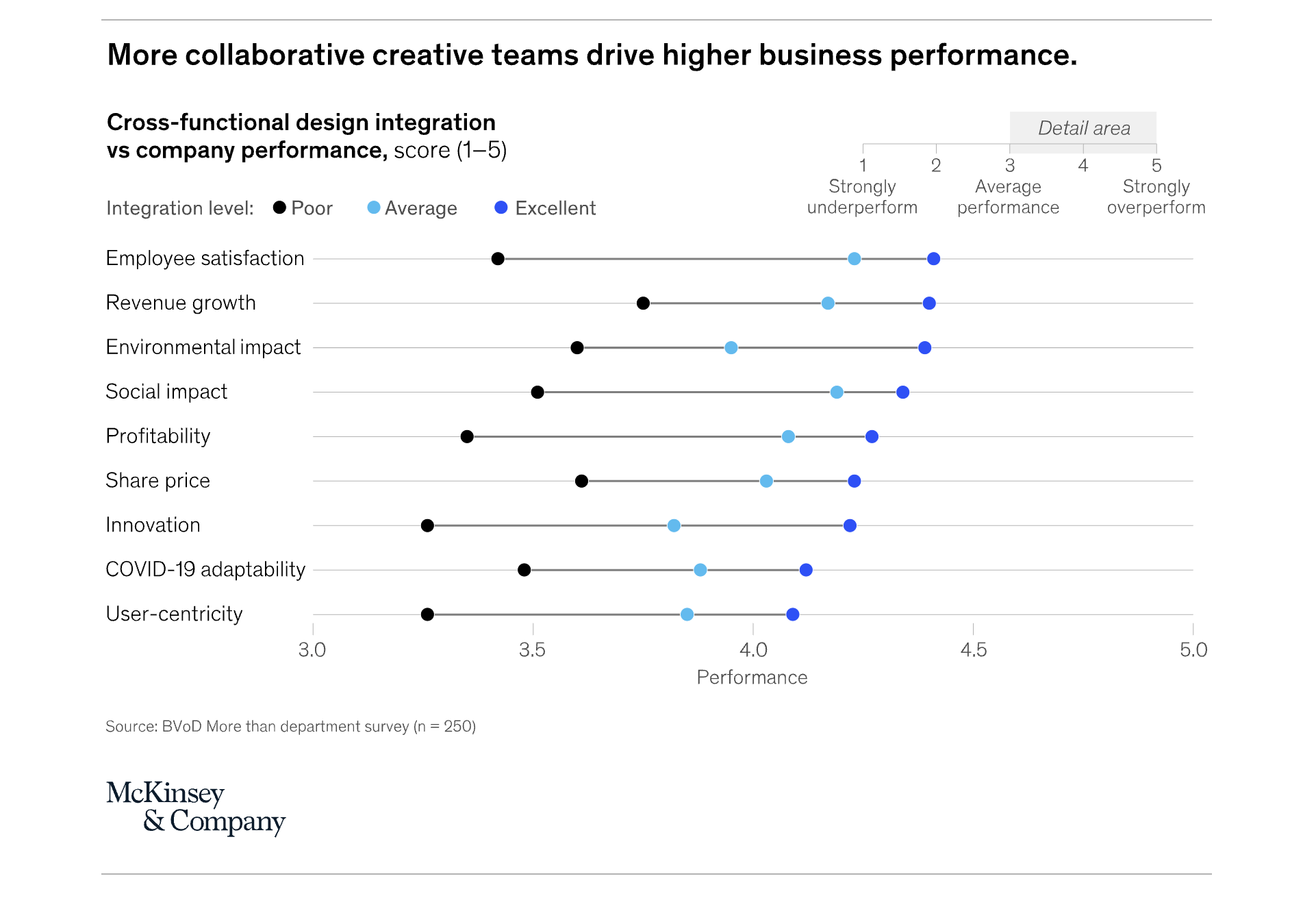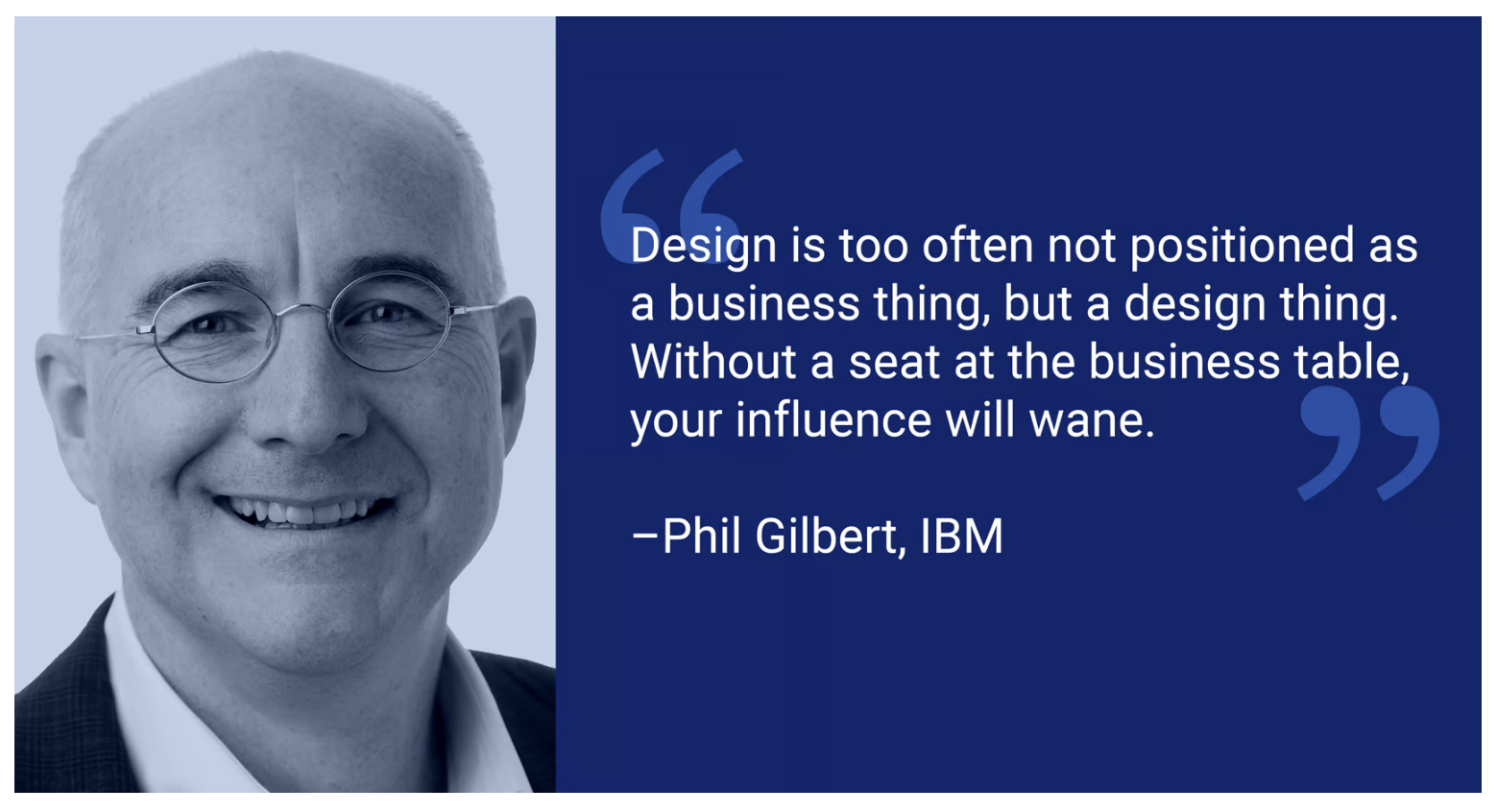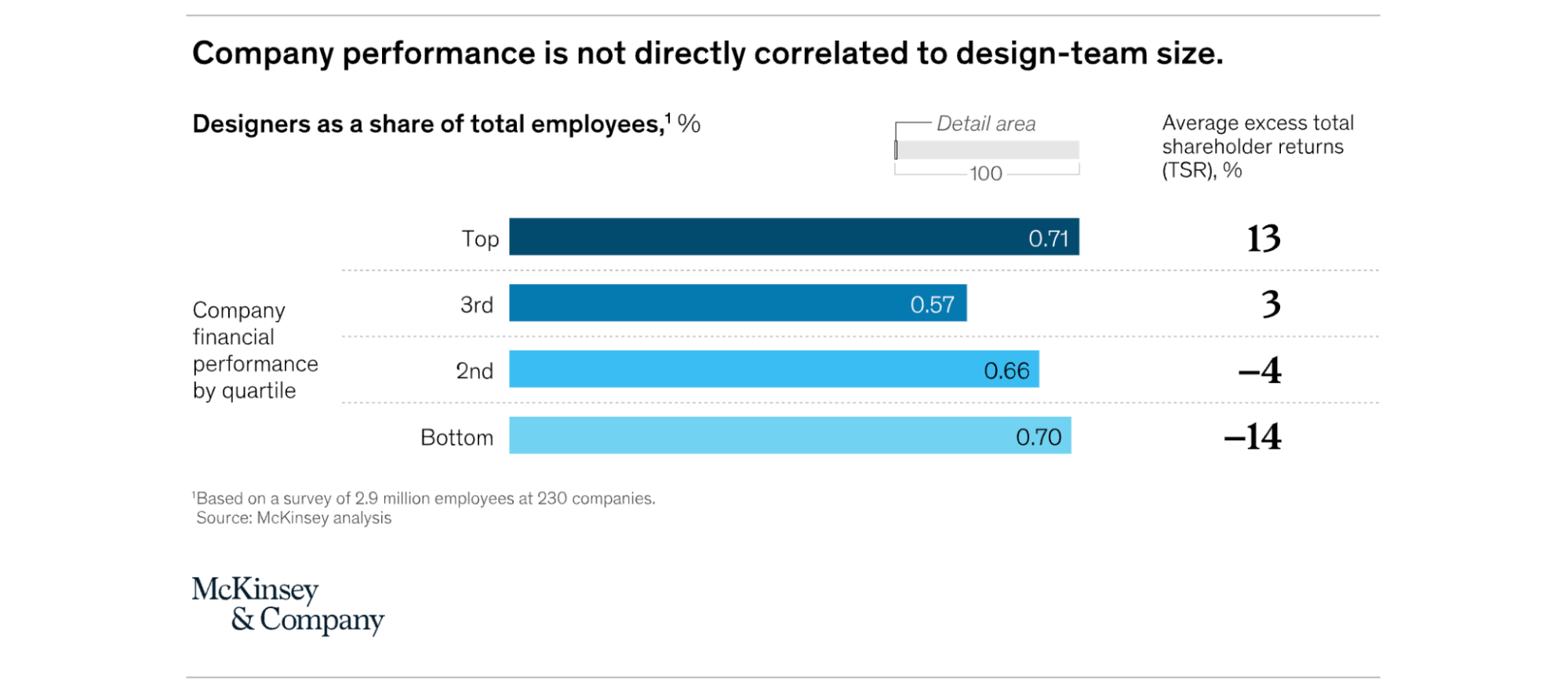What makes a business stand out in a digital-first world? According to a report by McKinsey, companies that integrate design and digital tools into their core strategies see a 32% higher revenue growth than their counterparts. As businesses increasingly pivot to online platforms, the intersection of graphic and web design with strategic business practices is not only relevant but crucial. The connection between visual design, data-driven insights, and operational effectiveness defines whether a brand thrives or merely survives.

The Role of Design in Business Strategy
Design is more than aesthetic appeal; it is functionality, user experience, and clarity. In today’s market, every interaction a customer has with a business, from the website to email communications, is an opportunity to build trust and brand loyalty. Business design combines strategic thinking with creative execution to solve problems, streamline experiences, and build systems that adapt to evolving needs.
Key components of business design include:
- User-Centered Web Interfaces that reduce friction and increase engagement.
- Brand Consistency that aligns all visual communication with core brand values.
- Cross-Platform Optimization to ensure seamless user experience across devices.
Graphic and web design are deeply integrated into marketing, customer experience, and even operational strategy. Effective design in business boosts conversion rates, supports storytelling, and communicates value instantly. Whether it’s graphic design for business campaigns or web design for small business websites, every visual element should reflect the brand’s promise while guiding the customer through a seamless digital experience.
“Design isn’t merely about visuals; it’s about narrating your brand’s story and aligning it with your customers across all touchpoints. It’s an essential catalyst for change, propelling a company’s transformation and growth.” – Ed Khristus, Managing partner at ettyq
Turning Surveys Into Strategic Insights
Surveys are powerful tools for aligning design with user expectations. Collecting feedback directly from users helps businesses fine-tune not only their design but also services, product development, and even internal processes. Beyond simple feedback forms, businesses can deploy advanced survey methodologies to dive deeper into customer sentiment.
To fully utilize surveys:
- Ask open-ended questions to capture nuanced user feedback.
- Use Likert scales for measurable sentiment analysis.
- Incorporate feedback into design iterations and strategy reviews.
Visualizing survey data in platforms like Google Sheets, for example, can simplify team analysis and decision-making. Well-structured dashboards provide instant access to trends and anomalies, fueling data-informed creative decisions. These insights are particularly valuable for customer journey optimization, helping businesses design experiences that reduce friction and boost satisfaction.
Invisible Infrastructure: The Importance of Data Archiving
Digital communication is the backbone of modern business operations. Email archiving solutions may work behind the scenes, but they are foundational to maintaining a secure and compliant enterprise. By ensuring the safe storage and quick retrieval of important communications, businesses reduce risk and increase agility.
Industries like finance and healthcare rely heavily on strict data governance. Regulatory compliance examples such as HIPAA or the GDPR impose requirements that businesses must meet to avoid severe penalties. A secure archiving system not only keeps the organization compliant but also supports internal audits and legal discovery when necessary. A robust business email archiving strategy is essential not only for compliance but also for long-term information governance.
Archived email data can also be used in performance reviews, client follow-ups, and strategy reassessments, ensuring nothing slips through the cracks.
Bringing Automation and Design Together
A growing number of businesses are leveraging automation in their workflows, not only for efficiency but also for better integration between design and data. Creative teams, for instance, can automate repetitive formatting tasks, report generation, and campaign analysis. Consulting with an Excel macro consultant can open doors to advanced reporting and analytics while saving time.
Useful automations include:
- Pre-formatted report generators
- Automated newsletter formatting
- Scheduled content deployment across channels
Pairing automation with creative workflows enhances both accuracy and speed, allowing teams to focus on strategy and innovation. These innovations represent a key aspect of digital business innovation, where creativity and technology intersect to scale value.

Scalable Growth with Cloud-Based Infrastructure
Growth inevitably leads to more data. Maintaining flexibility while scaling operations is a common business challenge. Cloud data archiving addresses this by offering scalable, secure, and remote-accessible solutions that traditional storage cannot match.
By embracing cloud infrastructure, organizations can:
- Reduce IT costs while increasing storage capacity
- Access archived information from anywhere
- Maintain data continuity during transitions or crises
Cloud-based systems also help unify teams in different time zones or countries, contributing to a more agile and global-ready business design.
Understanding Market Psychology Through Pricing Insights
Pricing is more than numbers; it communicates value. Strategic pricing hinges on understanding customer psychology and market perception. The Van Westendorp analysis is a tool businesses can use to identify the sweet spot for pricing based on customer willingness to pay. Although often associated with product development, these insights directly influence how a brand is positioned visually and verbally.
Understanding your audience’s pricing expectations allows marketing and design teams to:
- Reinforce value propositions with tailored visuals
- Create pricing pages that convert better
- Build brand narratives aligned with perceived worth
The Rise of AI in Visual Branding
Artificial intelligence is transforming the visual landscape. From layout generation to photo enhancement, AI now plays a role in how brands create and present their identity. Tools like an AI headshot generator offer businesses a way to present polished, professional-looking team profiles without expensive photoshoots.
Incorporating AI allows businesses to:
- Generate consistent headshots or product visuals
- Customize visuals for different demographics
- Save time on repetitive design tasks
While AI should support rather than replace human designers, its role in scaling visual assets is undeniable.

Business Design as a Cultural Shift
Adopting a design-led approach is more than changing a process, it’s changing a mindset. Business design champions experimentation, human-centric thinking, and continuous learning. Organizations that embed design into their culture make better, faster decisions because they consider the customer experience at every stage.
Companies with strong design cultures often:
- Foster collaboration between departments
- Encourage rapid prototyping and testing
- Adapt quickly to feedback and market trends
It goes beyond logos and websites. Business design includes service blueprints, customer journey maps, and operational models that reflect empathy and strategy simultaneously. Integrating a strong business design strategy enables organizations to align creative goals with broader company objectives, ensuring every team contributes to both aesthetic excellence and operational efficiency.

Budgeting for Digital Success: Understanding Web App Development Cost
When businesses aim to build engaging, interactive platforms, such as customer portals, booking systems, or internal dashboards, budgeting becomes a key strategic component. Understanding the web app development cost early in the planning phase helps organizations align technical needs with financial realities, ensuring a smoother path from concept to launch. Whether working with an agency or an in-house team, factoring in all variables is essential for long-term success.
Key factors influencing web app development cost include:
- Complexity of Features – User authentication, payment gateways, real-time messaging, or API integrations can significantly increase cost.
- Design Requirements – Custom UI/UX design tailored to brand aesthetics and user needs often adds to the budget but greatly enhances the experience.
- Scalability and Infrastructure – Planning for growth requires investment in cloud services, database management, and performance optimization.
- Development Team Structure – Costs vary depending on whether development is outsourced, handled internally, or split between contractors and full-time staff.
By carefully evaluating these factors, businesses can make informed decisions, allocate resources wisely, and avoid common pitfalls like overbuilding or underestimating maintenance costs. A smart financial approach to web app development supports both innovation and sustainability in the digital marketplace.
Choosing the Right Tools: Optimizing Analytics for Better Decisions
For businesses that rely on data aggregation and reporting, finding the right analytics tool is critical. While Supermetrics is widely known for connecting marketing platforms to data visualization tools, many organizations now seek a Supermetrics alternative that better aligns with their budget, workflow, or specific data needs. Especially for startups or small businesses, flexibility and ease of integration can outweigh broader platform support.
When evaluating tools, consider those that offer:
- Direct integrations with key platforms like Google Ads, Facebook, LinkedIn, and HubSpot
- Customizable data pipelines for more granular control over what’s pulled and when
- Affordable pricing tiers that scale with usage rather than charging a high flat rate
- Robust documentation and support, making it easier for non-technical teams to get value quickly
Choosing the right data connector helps ensure marketing decisions are backed by real-time insights, without overwhelming your systems or budget.

SEO and Visibility: The Creative Advantage
Search engine optimization (SEO) is often associated with content, but design choices influence it too. Site speed, mobile responsiveness, and user engagement metrics like bounce rate all factor into search rankings. A beautiful, fast-loading, easy-to-navigate website not only delights users but also performs better on search engines.
To improve SEO through design:
- Optimize image sizes and use proper file formats
- Ensure mobile responsiveness with flexible layouts
- Include keyword-rich metadata and alt text
Staying up to date with modern UX trends also ensures your site remains user-friendly and competitive in both design and search performance. Even small enhancements, such as faster load times or improved button placements, can contribute significantly to higher rankings and better user retention.
Driving Deeper Connections Through Audience Engagement
In the age of short attention spans and endless content, audience engagement is more than a marketing metric, it’s a reflection of your brand’s relevance and emotional connection with its users. Businesses that invest in interactive content, thoughtful user journeys, and real-time responsiveness are more likely to build loyalty and drive repeat interactions.
To enhance engagement across channels, consider implementing:
- Interactive website elements such as quizzes, calculators, or chat features
- Personalized email campaigns that reflect past behavior or preferences
- Real-time feedback tools embedded into digital products for quick user input
- Social media content that encourages dialogue, user-generated content, or live participation
High audience engagement boosts not only customer satisfaction but also SEO performance, as platforms like Google favor content that keeps users active and on-site.
Final Thoughts
The integration of business strategy with graphic and web design is no longer optional; it is a competitive necessity. Design informs perception, facilitates usability, and underpins digital interaction. Meanwhile, tools like surveys, cloud data archiving, and automation offer the feedback and functionality needed to refine and scale.
Whether incorporating a Van Westendorp analysis for pricing, visualizing insights using Google Sheets dashboard examples, or consulting on automation with an Excel macro consultant, today’s businesses are combining creativity with intelligence. Tools such as an AI headshot generator may not appear in the core brand strategy, but they reflect the growing role of efficiency and accessibility in modern visual branding.
As digital ecosystems evolve, the fusion of design, data, and user insight will become the norm rather than the exception. Businesses that embrace this holistic model today will define what success looks like tomorrow.
FAQ
Q: Why is web design important for business success? A: Web design impacts first impressions, user experience, and conversion rates. A well-designed site builds trust and encourages action.
Q: How do surveys improve business performance? A: Surveys provide direct customer feedback that can guide product development, service enhancements, and user experience improvements.
Q: What are email data archiving solutions used for? A: These solutions help store and retrieve emails for legal, compliance, and operational purposes, ensuring data integrity and accessibility.
Q: How does cloud data archiving support business growth? A: It offers scalable, secure storage that supports remote teams and reduces IT overhead.
Q: What is business design? A: Business design integrates strategy and creativity to build systems, products, and experiences that meet both user needs and business objectives.
Q: Can AI replace graphic designers? A: No, but AI tools like an AI headshot generator can complement human creativity by handling repetitive tasks more efficiently.
Q: What tools help visualize survey data effectively? A: Tools like Google Sheets dashboards are great for visualizing trends and making data-driven decisions quickly.
Q: What is the benefit of using a Van Westendorp analysis? A: It helps identify optimal pricing points based on customer perceptions, leading to better-informed pricing strategies.
Q: Should small businesses invest in graphic and web design? A: Absolutely. Professional design in business increases credibility, attracts customers, and supports long-term growth.
Q: How does SEO relate to design? A: Design influences SEO through mobile optimization, site speed, and user engagement, all of which impact search engine rankings.
